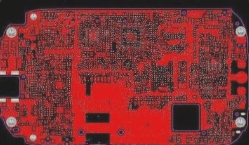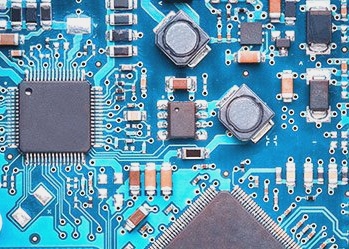Efficient Panelization for PCBA Processing
When it comes to circuit boards, optimizing the number of panels for PCBA processing is crucial for enhancing production efficiency and minimizing material wastage. After finalizing the PCB layout, the next critical step is determining how boards are joined during processing.
There are various methods for joining boards, such as two-in-one, three-in-one, or four-in-one configurations. Typically, this involves merging multiple identical circuit boards into a larger panel. While assembling boards of different shapes is possible, it is less common due to challenges in aligning them during production.
Another approach is combining the positive and negative sides of the same type of circuit board into a single panel. This method can streamline SMT chip processing efficiency, especially for boards with fewer components. However, it’s essential to consider that this Yin-Yang board design may not be suitable for all scenarios.
One drawback of Yin-Yang boards is their potential impact on SMT processing, which can lead to uneven heating. Therefore, careful consideration of board splicing methods is necessary to ensure optimal production outcomes.
The Impact of Board-making Costs on Jigsaw Puzzle Production
Board-making costs play a significant role in determining the output of jigsaw puzzles. Circuit board manufacturers establish standard sizes for basic boards to enhance efficiency and reduce expenses. Choosing the right board size can greatly influence manufacturing costs and minimize production expenses.
Additionally, board costs can vary based on factors like board layers, hole quantity, and the presence of blind and buried vias. SMT processing lines are categorized into long and short lines to meet different requirements, with each line including a solder paste printer for applying solder paste to boards.
Short-line SMT processing for two-in-one boards can lead to efficiency issues due to solder paste printer waiting times. Replacing two-in-one boards with four-in-one boards can immediately enhance efficiency in the production process.
Optimizing Panel Quantity for PCBA Processing
PCB factories prefer fewer panels to minimize scrap rates and manufacturing costs. Similarly, SMT factories aim to avoid inefficiencies to maintain processing efficiency. Calculating the optimal panel quantity is crucial for cost-efficient PCBA processing, considering both PCB and SMT factory capabilities and the choice between V-cut or Router processes for board edge removal.
Ensuring Quality in PCBA Processing: A Comprehensive Guide
PCBA manufacturing involves multiple critical stages that require meticulous quality control to produce superior products. The process includes PCB circuit board manufacturing, component procurement and inspection, SMT assembly, through-hole assembly, and various testing procedures like programming, testing, and aging.
Key Considerations for Quality Control:
- 1. PCB Circuit Board Manufacturing: Analyze the Gerber file thoroughly, paying attention to hole spacing and wiring considerations.
- 2. Component Procurement and Inspection:

Best Practices for PCB Assembly Quality Assurance
- 1. Component Sourcing:
- 2. SMT Assembly Processing:
- 3. Through-Hole Assembly (DIP):
- 4. PCBA Testing:
Ensure components are sourced from reputable suppliers and original manufacturers to avoid counterfeit materials. Implement strict incoming materials inspection procedures to check for faults and verify IC alignment with the Bill of Materials (BOM).
Focus on precise solder paste printing and control of reflow oven temperatures. Use high-quality laser stencils tailored to PCB specifications for accurate soldering. Implement Automated Optical Inspection (AOI) for defect minimization.
Optimize wave soldering molds for higher product yield. Include PCB test points in DFM reports for post-assembly testing. Use appropriate burners for functional validation of main control ICs.
Conduct comprehensive tests such as ICT, FCT, Burn In Test, and environmental tests for quality assurance. Adhere to customer-specific test protocols and provide detailed report data.
By implementing meticulous controls at each stage of PCBA manufacturing, you can ensure consistent product quality and reliability, meeting industry standards.



